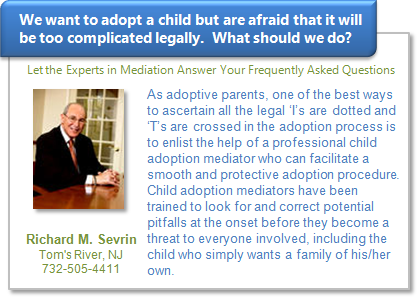
Image courtesy of franky242 at FreeDigitalPhotos.net
If not, you may be losing out on a lot of potential business!
The next time you’re in a restaurant or store, look around you and take note of how many people are on a smartphone or portable device. More than likely, over half of the people around you (if not more) will be on one. Whether good or bad, and there are arguments on both sides of the coin here, the use of smartphones and portable devices has skyrocketed in recent years, and technology hasn’t shown any signs of slowing down on this trend.
There’s no doubt about it—the Information Age has changed the face of business, including its web presence. It is no longer standard practice for a prospective client to turn to the phone book to look for a service provider. There are entire websites focused on reviews and user ratings for services ranging from mediation to plumbing, revising the concept of what it means to keep a good “reputation” for your business.
In fact, your business’ online presence is arguably just as important as its brick and mortar presence—if not more so. As mentioned last month, without a professional website, it is highly unlikely that the majority of your potential clients will follow through and contact you concerning your services as a mediator. With the increasing use of smartphones and related apps, more people are using their smartphones and tablets to look at websites and look for service providers. If they can’t see your website properly on these devices, and if it isn’t “user friendly” via a smartphone or tablet, your website might still be coming up short in making your business look professional and polished.
The most common pitfall many business owners run into is thinking that their website looks the same on a smartphone device as it does on a laptop or PC. Without going into the differences in devices that display Flash versus those that don’t, and without detailing how screen resolution and size can change even the most carefully constructed layout into a jumbled mess, we’ll focus on a “never fail” strategy that will help you make sure your online presence is as polished on smartphones as it is on a person’s regular computer.
That strategy is: take a look for yourself. If you don’t have these devices yourself, ask a friend if you can use theirs to view your practice’s website. Try to view it from different mobile platforms (Android-based vs. iPhone, etc.) and on different devices (smartphones vs. tablets) to get a well-rounded portrayal of how each device shows your web presence.
If there are issues, fix them immediately; if you don’t know how, hire someone who does. Remember, your online presence could be even more important than your brick and mortar one; so just as you wouldn’t want your store inaccessible to some potential clients, you also don’t want your website to be.









